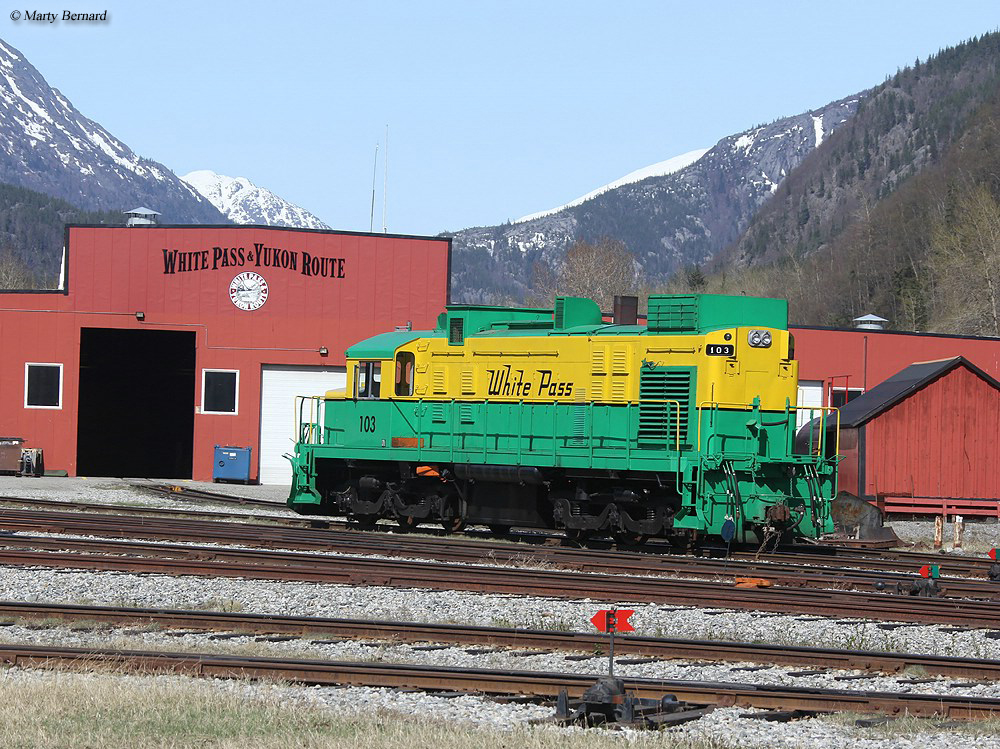
The merger movement was stirring as systems attempted to cut costs and streamline operations in the face of declining traffic and strict regulations. While Perlman's work greatly helped its future remained uncertain as an independent carrier. The company had never been as profitable as the PRR but was still regarded as one of the most powerful in the nation. The New York Central was somewhat more cautious. It lost money for the first time in its fabled history during 1946 but continued to spend millions on new passenger equipment while carrying out few modernization or cost-cutting initiatives. The mighty Pennsylvania Railroad should have recognized the ominous signs. The industry had experienced a resurgence after the lean years of the 1930s and believed these problems were far behind them following the war. Its creation can be traced back to the end of World War II. While hubris was a serious problem at Penn Central there were many other factors leading to its downfall. It it is an excellent book vividly illustrating how arrogance can destroy even the most powerful companies. Loving's title not only provides an in-depth study of the company's failings but also the intricate politics which pervade large corporations. Today, many educators, at both the high school and collegiate levels, have likely done this very thing. If so, I am sure it would have been required reading. At the time, Rush Loving, Jr.'s, " The Men Who Loved Trains," had not yet been published. The lectures were interesting albeit too brief for someone who enjoyed railroad history. When I was in college a few professors highlighted the collapse of Penn Central.

Today, many key Penn Central routes remain in use under Amtrak, CSX Transportation, and Norfolk Southern while numerous branches are operated by short lines. The creation of Conrail also brought about change in this area as deregulation freed companies to set freight rates and more easily abandon or sell unprofitable corridors. In addition, suffocating regulations, a plague throughout the 20th century, helped doom Penn Central. Passenger trains of all types were no longer a viable business model if these were to continue the feds or states must subsidize the service.

It was a wake-up call to the government that assistance was desperately needed not only to save the Northeast but also the industry itself. The dark days then, building since the immediate postwar years, proved a turning point.
#Engins rail route Pc#
When the PC collapsed in 1970 it began a long decade of uncertainty, leaving many to wonder if the railroad was an obsolete mode of transportation. Ill-fated system also marked the industry's low point. Penn Central, officially known as the Penn Central Transportation Company, spawned the modern-day mega railroad although the


 0 kommentar(er)
0 kommentar(er)
